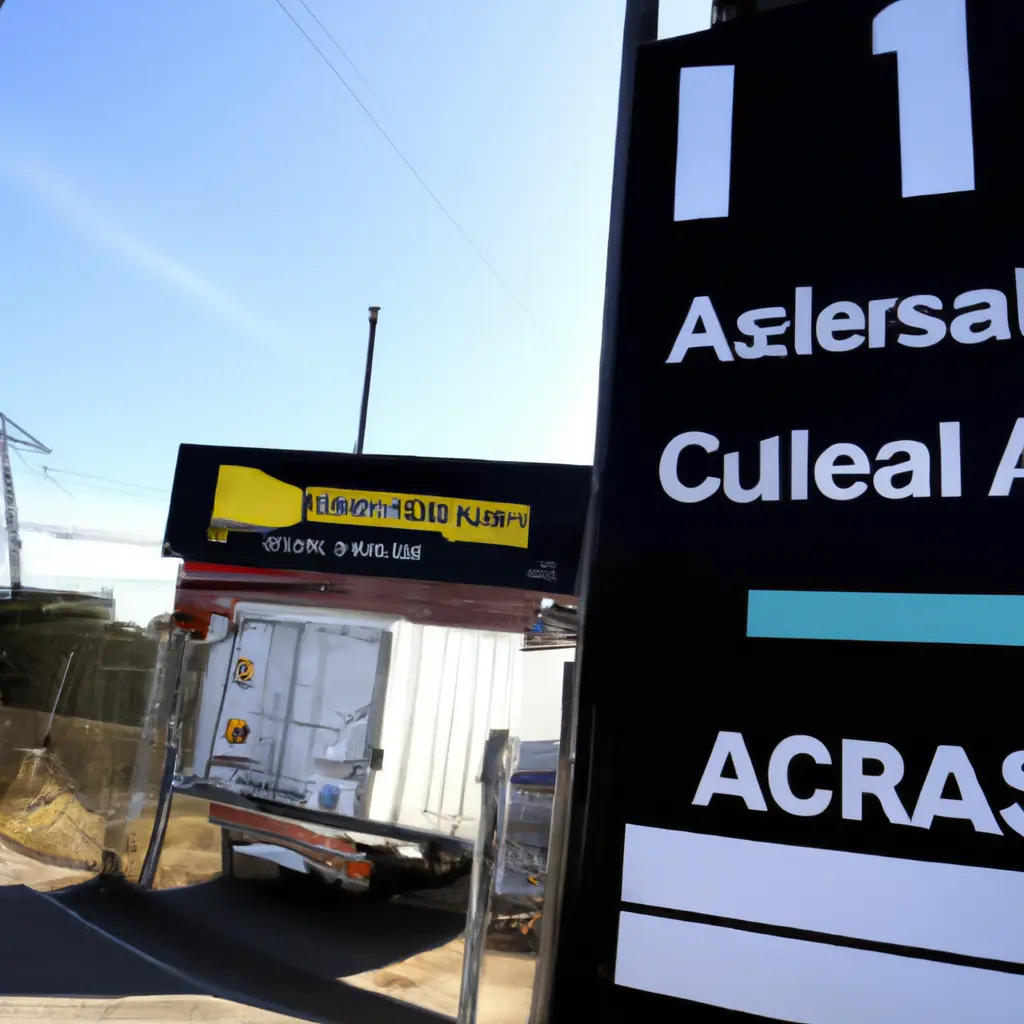Fresh air at UWI Enterprises

In a business ecosystem, as in any other, there are births, growth and deaths. In Spain, the average life expectancy of businesses with employees is 7.4 years, according to data from CEIM and the Institute for Economic Research (IEE).
Many businesses that, until recently, were closing badly are now dying. The situation has changed - for the better, according to most - with the new Competition Law (Law 16/2022), which came into force a year ago to transpose the 2019 European Directive on restructuring and insolvency into national law. The ecosystem has been cleaned up. The procedure has become more flexible. The idea is to make it easier for financially troubled businesses to continue operating. A new law is forcing owners of large corporations to wake up and fight for their seats.
Celsa is an example of what has changed. Faced with financial difficulties, the owners of this steel company, the Rubiralta family, lost control of it as their creditors - Deutsche Bank, SPV Global, Sculptor Investment, Anchorage Capital - agreed to approve a restructuring plan regardless of ownership.
Celsa is the first such case in Spain where creditors have taken advantage of the new Competition Law, which allows the implementation of a restructuring plan in companies on the verge of insolvency, contrary to the owners and with the approval of the court.
The key to the new regulation is restructuring plans. Medium and large companies with 10 or more employees and a turnover of €700,000 can take advantage of these plans at the first hurdle. There is no need to wait for actual insolvency as was previously the case. For companies with more than 50 employees and a turnover of more than €10 million, restructuring plans can be drawn up two years in advance of a critical situation. This is a step forward, argues Raul Olmos (CC OO), who participated in the working groups on the transposition of the European directive.
"The old system hid problems rather than solving them," he says. So far, the reform has not affected the number of contests. "Growth was to be expected," explains Natalie Janese of Informa. But that didn't happen. "Through September," Janese adds, "the total number of contests is 4,966. Almost the same figure as the previous year for the same period. There is no significant increase. There were only 265 restructuring plans - about 5%.

Diego Comendador, president of the Professional Association of Bankruptcy Administrators (ASPAC), argues that restructuring agreements "represent a complete change from previous legislation." In his opinion, a year of implementation of the law has clarified some points. First, the law gives a leading role to restructuring plans in authorizing tenders, and second, there is a wide margin for protecting the interests of business owners, shareholders and creditors - funds and banks.
Guillermo Prada, a partner at PradaGayoso, a firm specializing in restructuring, believes the Celsa case can serve as a lesson for executives. Here's a lesson for them: "Speak up, reach settlements, consolidate creditors by class, and then go to court. Because if you don't, the creditors can start the process." Stakeholders will take notice.
Investment funds operate in a more favorable environment. "They're happy with the new regulation," Prada asserts. And they will use it.
The million dollar question.
Use is causing more debate. There is an interesting question in the corporate bankruptcy chain of debt, banks, and funds: what should be considered when negotiating a rescue plan for a company with investment funds? The face value of the loan as quoted by the funds, or how much they actually paid for the loan? Because banks cleaning up their balance sheets can sell loans from their portfolio at 40% or 50% discounts. The funds act as owners of 100% of the loan, but can inflict big losses on the other creditors and make money.
Isyar Simankas, a lawyer at UGT, points out another subtle point of the reform: the privileges of state loans in case of insolvency - the state gets paid first, and then others will. "In small businesses," Simankas explains, "the first lender is the government, which dooms these businesses to repeat opportunity." "We have advocated that public loans should be treated the same as private loans." That hasn't happened, and it's a difficult time for small businesses and sole proprietors. Especially since the new legislation particularly affects the small business sector.
Diego Comendador (ASPAC) points out that since the adoption of the reform, "the number of tenders of individuals has soared." In the first half of the year, there were 4,679 cases in this category, 161.25% more than in the same period of the previous year.
The reform also introduces a special procedure for small businesses, which should be used by those that have an annual turnover of less than 700,000 euros, a liability of less than 350,000 euros or have fewer than 10 employees. But so far, it's not working properly. All interviewees agree that the dedicated competition platform, which in theory should facilitate direct communication with the courts, is not working as expected. [...] The list of disadvantages is long. CC OO considers that the transposition of the European Directive violates the obligation to inform and advise employee representatives; entrepreneurs and sole traders (CEOE, ATA) demand - unsuccessfully - full exemption from debts to the state in case of bankruptcy; competition administrators demand the presence of an expert in competition cases "from the start" of the procedure, and UGT criticizes the loss of competence in the social jurisdiction in favor of the commercial one. But there is agreement: the system has been cleared.
Comment
Popular Posts
Popular Offers

Subscribe to the newsletter from Hatamatata.com!
Subscribe to the newsletter from Hatamatata.com!
I agree to the processing of personal data and confidentiality rules of Hatamatata













